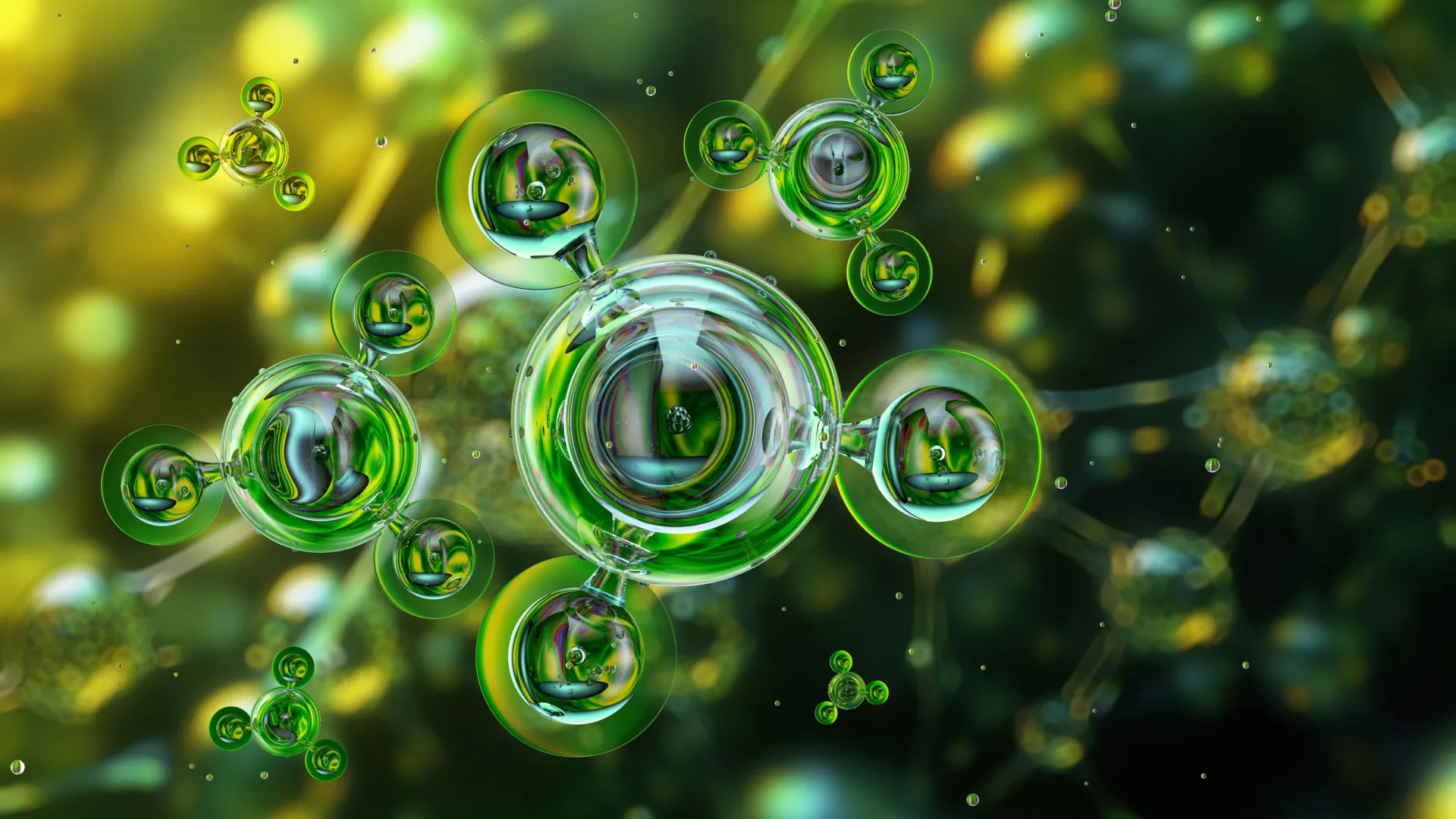Hidden copper switch supercharges green ammonia production
A surprise shift in copper may be the key to making ammonia production far cleaner.
- Date:
- November 22, 2025
- Source:
- Tokyo Metropolitan University
- Summary:
- Researchers discovered that copper oxide catalysts form metallic copper mid-reaction, triggering a dramatic boost in ammonia output. The insight offers a roadmap for designing cleaner, more efficient ammonia-production technologies.
- Share:

Researchers at Tokyo Metropolitan University have uncovered how a catalyst used in a promising industrial reaction helps generate ammonia, a major component of fertilizer. In this process, copper oxide acts as an important catalyst in the electrochemical nitrate reduction reaction, a more environmentally friendly approach compared to the traditional Haber-Bosch method. The team found that tiny copper particles form during the reaction itself, and these particles assist in converting nitrite ions into ammonia. Understanding this hidden step offers new opportunities to advance cleaner industrial chemistry.
Ammonia plays a central role in fertilizer production and is vital to modern agriculture. Today, most ammonia is produced through the Haber-Bosch process, which combines nitrogen and hydrogen under extremely high temperatures and pressures. This approach demands large amounts of energy and is estimated to contribute roughly 1.4% of global carbon dioxide emissions. Because ammonia is tied so closely to global food supply, there is strong motivation to develop cleaner alternatives.
Investigating a Low-Temperature Route to Ammonia
A research group led by Professor Fumiaki Amano at Tokyo Metropolitan University has focused on the electrochemical nitrate reduction reaction, an emerging method that creates ammonia from nitrates at room temperature and normal atmospheric pressure. Electrochemical techniques use electrodes placed in a chemical solution while voltage is applied to trigger specific reactions. Although earlier studies have identified individual steps occurring at the electrodes during ammonia formation, the full sequence of events has remained difficult to pin down.
Tracking Catalyst Changes With Advanced Tools
Through the use of advanced measurement techniques, the team gained a much clearer understanding of how ammonia forms when a copper oxide catalyst is present, with copper oxide considered one of the strongest electrocatalysts for this reaction. They relied on operando X-ray absorption, a technique that examines both electronic behavior and local structural changes. By attaching small copper oxide particles to carbon fibers, they were able to observe how the material responds when the applied voltage becomes increasingly negative.
Under a positive voltage, they found that nitrate ions "passivate" the catalyst by attaching to its surface, which prevents copper oxide from converting to metallic copper and instead results in the formation of nitrite ions. Once the voltage becomes more negative, ammonia production rises sharply. This increase occurs at the same time that metallic copper particles appear, confirmed by a large jump in copper-copper bonds. The researchers determined that this metallic copper helps add hydrogen to nitrite ions, which leads to ammonia formation.
Pathways Toward More Efficient Green Ammonia
The findings show how surface passivation influences the performance of copper oxide and demonstrate that creating metallic copper during the reaction is essential for efficient ammonia production. These results point to a broader set of strategies for improving green ammonia methods and for designing future generations of electrochemical catalysts.
This research was supported by Tokyo Metropolitan University and the Tokyo Global Partner Scholarship Program and is based on results from project JPNP14004 commissioned by the New Energy and Industrial Technology Development Organization (NEDO).
Story Source:
Materials provided by Tokyo Metropolitan University. Note: Content may be edited for style and length.
Journal Reference:
- Rizki Marcony Surya, Surya Pratap Singh, Kosuke Beppu, Fumiaki Amano. Potential‐ and Time‐Dependent Operando X‐Ray Absorption Study of Cu2O Microcrystals Transformations during Nitrate Reduction to Ammonia. ChemSusChem, 2025; DOI: 10.1002/cssc.202501785
Cite This Page: